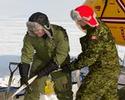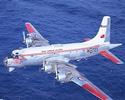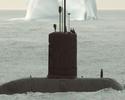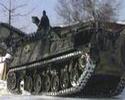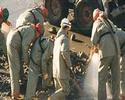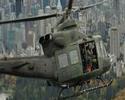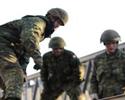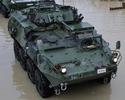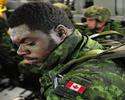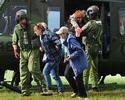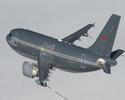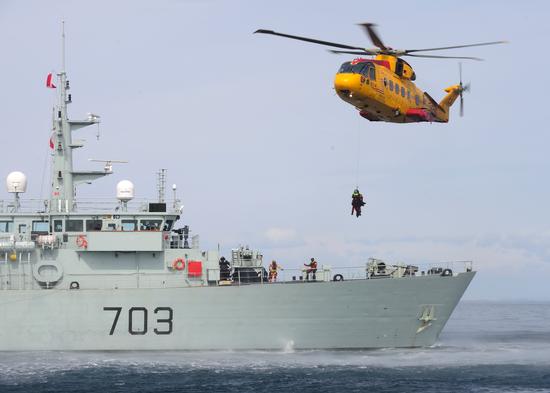Floods, fires or storms—disaster can strike at any moment and can vary widely in scope and scale. When provinces and territories are overwhelmed in these situations, they can ask the Canadian Armed Forces for help. CAF members can mobilize quickly and provide relief to Canadians in dangerous situations, such as rising floodwaters or raging wildfires.
The CAF continues to respond to natural disasters whenever they occur and can provide support to communities in crisis, as seen during the COVID-19 pandemic. All emergency response and prevention operations fall under CAF’s Operation LENTUS.
Floods

Two Royal 22e Régiment light armoured vehicles in a flooded street in Saint-Jean-sur-Richelieu, Quebec in May 2011. Photo: Department of National Defence
The Canadian Armed Forces have responded to floods across the Canada, with some of the largest taking place in Quebec in the Saguenay region, and in Manitoba, along the Red River. Often during floods, Canadians need to be airlifted to safety, away from the incoming water. During the Saguenay floods in 1996, CAF members used Griffin helicopters to rescue people from rooftops in La Baie, Québec. In total, roughly 1,200 people were airlifted to safety in Operation Saguenay.
The following year, in 1997, the Red River in Manitoba flooded its banks due to warm temperatures, extremely wet weather and the rapid melting of snow. Alarmed by the rise in floodwaters, Manitoba’s government requested assistance from the CAF. On 21 April 1997, Operation ASSISTANCE, was launched, the largest domestic operation up until that point, with more than 8,500 service members providing assistance to provincial and municipal authorities in the province.
They evacuated residents, built levees and contributed in countless other ways in response to this natural disaster.
Storms

Canadian Armed Forces members helping to clean up in Quebec after the 1998 ice storm, which caused major power outages across various provinces. Photo: Department of National Defence.
In addition to flood response, CAF members have responded to major winter storms across the country that have damaged local infrastructure and put the safety of local residents at risk. In particular, the 1998 Québec Ice Storm required the deployment of thousands of CAF members, as major power outages were experienced across various provinces.
More than one million households lost power, in the dead of winter, leaving Canadians without lights, central heating, running water, or hot meals. In response, Operation RECUPERATION was launched to clear debris from the storm, rescue stranded Canadians and feed those who were without food or shelter. In total, more than 15,750 regular and reserve unit members from across Canada served.
COVID-19

Canadian soldiers delivering vaccine supplies to a First Nations community in northern Manitoba. Photo: Department of National Defence
More recently, during the COVID-19 pandemic, CAF personnel deployed to long-term care facilities in provinces at the request of local civil authorities, to help protect Canadians and minimize the impacts of the health crisis.
Canadian Armed Forces at Home
Related Information
- Date modified:

